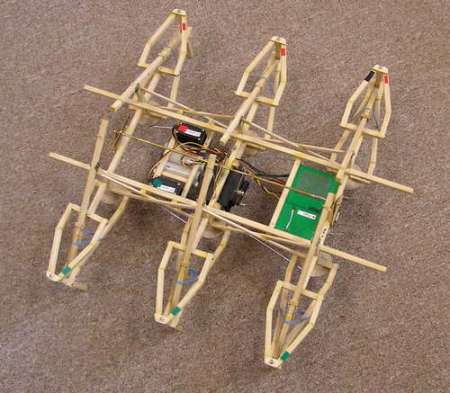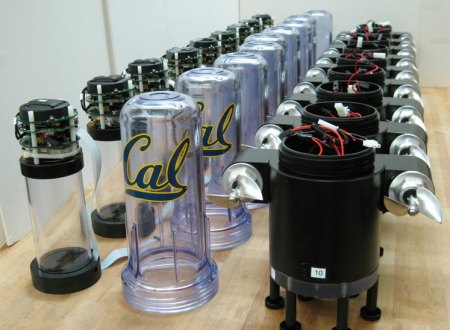
We’ve seen a few minimalist robots in our time, but very few compare to [Thomas Rinsma]’s amazingly agile BEAM robot. It’s absolutely fascinating to watch this little robot crawl around on its circular legs.
BEAM robots are extremely simple robots built without a microcontroller of any kind. The idea that extremely simple circuits built from logic chips and amplifiers came from the fruitful mind of [Mark Tilden] while studying insectoid robots at Los Alamos National Laboratory. The first BEAM robot – a small walker made out of a Sony Walkman – impressed a lot of mid-90s makers and tinkerers. Although interest in these robots died out, there are communities around the web for BEAM builders to get together and show off their creation.
Most BEAM robots use four to six legs as a means of locomotion. [Thomas]’ robot only uses two metal rings to get around; an extremely simple design and also the most fluid gait we’ve seen from a BEAM robot. You can check out the video of [Thomas]’ build walking around after the break.
Tip ‘o the hat to [mefeder] for sending this one in.
















